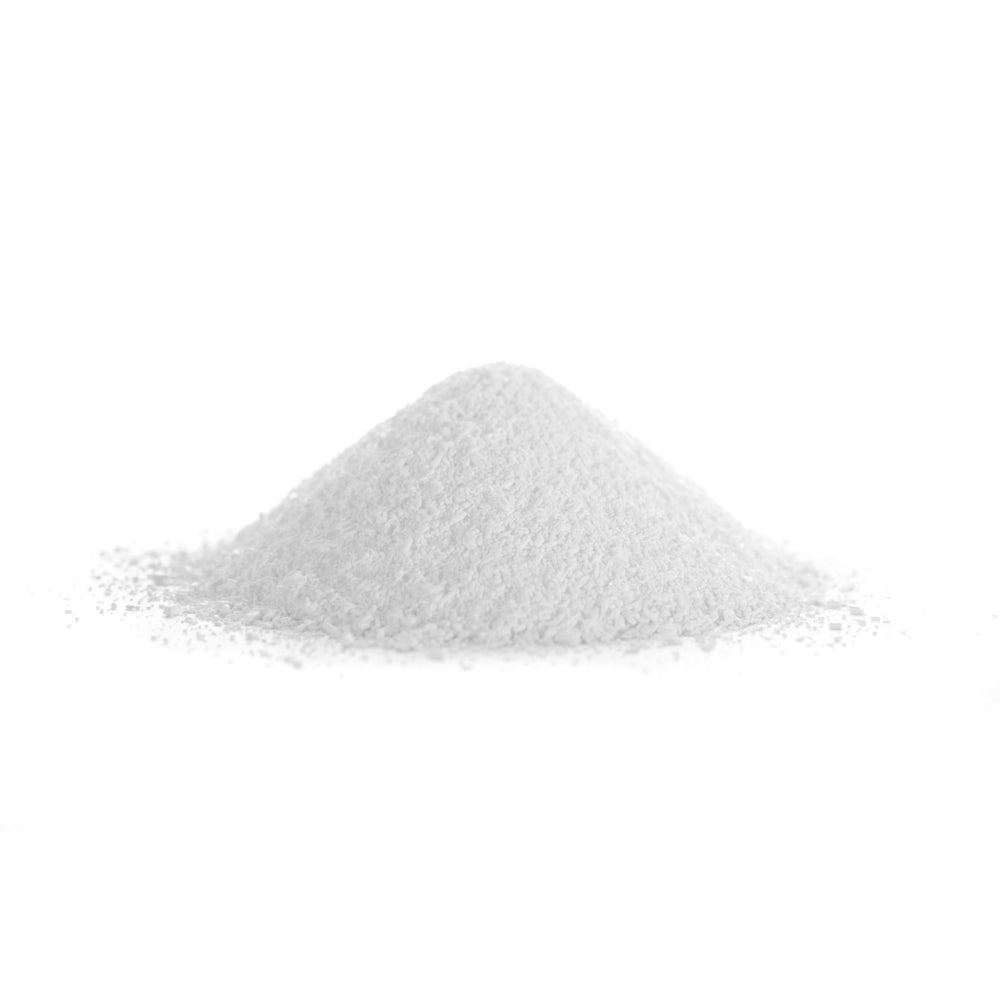
Type A is further divided into subtypes based on the serological characteristics of surface glycoproteins hemagglutinin (HA) and neuraminidase (NA), while type B is split into Victoria and Yamagata lineages. It belongs to the family Orthomyxoviridae and contains an eight-segmented, negative-sense RNA genome classified into three types, A, B and C. Influenza virus is a major human respiratory virus that causes seasonal epidemics or unexpected pandemic outbreaks.
Iota carrageenan sigma full size#
The graph was created using GraphPad Prism 8.3.1 ( Full size image The number of viral plaques was counted after crystal violet staining on day 3 post-infection.
Iota carrageenan sigma serial#
Serial ten-fold dilutions of cell culture supernatants acquired after viral infection and compound treatment in ( B) were loaded onto fresh MDCK cells and cultured at 33 ☌ in 1.2% Avicel-containing overlay medium. ( C) Plaque assay to determine viral titers. Proteins are indicated on the right side of the panels. ‘No virus’ means negative control without viral infection. On the next day, cell lysates were harvested for SDS-PAGE and immunoblotting with anti-NP or anti-HA antibodies. MDCK cells infected with PR8 at an MOI of 0.001 were mock-treated (Mock) or treated with 10 μM of OSV-C or with increasing concentrations of λ-CGN or p-KG03 at 35 ☌. ( B) Western blot analysis showing expression of viral proteins. ( A) Chemical structure of the repeating disaccharide unit in λ-CGN. Inhibition of influenza virus infection by λ-CGN in vitro. 1A), we wondered whether it is active against different respiratory viruses: influenza A and B viruses and severe respiratory syndrome coronavirus 2 (SARS-CoV-2). Based on the structural characteristics of λ-CGN, by which it has no 3,6-anhydro-d-galactopyranosyl linkage but contains a higher sulfate content compared to the two other sulfated polysaccharides (Fig. Most of these antiviral efficacy studies have focused on κ- and ι-CGNs only one study suggested that λ-CGN was a potent inhibitor of rabies virus infection 11. Several reports suggest that CGNs show in vitro or in vivo activity against rhinovirus, enterovirus 71, dengue virus, human herpes simplex, African swine fever virus, and influenza A virus 4, 5, 6, 7, 8, 9, 10. As biomolecules, CGNs have various biological activities, including anticoagulant, anti-tumoral, or immunomodulatory functions 2, 3. These natural polymers of diverse molecular weights have been used widely as pharmaceutical delivery vehicles to facilitate drug formulation or sustained drug release.

The diverse chemical structure and the degree of sulfation divides CGNs into three major polysaccharide groups, kappa (κ)-, iota (ι)- and lambda (λ)-CGNs, which contain one, two, and three negatively-charged sulfate ester groups per disaccharide repeating unit, respectively 1. Thus, λ-CGN could be a promising antiviral agent for preventing infection with several respiratory viruses.Ĭarrageenans (CGNs) extracted from marine seaweeds belong to a family of sulfated D-series polysaccharides harboring α-galactose residues. Moreover, its intranasal administration to mice during influenza A viral challenge not only alleviated infection-mediated reductions in body weight but also protected 60% of mice from virus-induced mortality. This polyanionic compound exerts antiviral activity by targeting viral attachment to cell surface receptors and preventing virus entry. Plaque titration and western blot analysis verified that λ-CGN reduced expression of viral proteins in cell lysates and suppressed progeny virus production in culture supernatants in a dose-dependent manner. No toxicity to the host cells was observed at concentrations up to 300 μg/ml. Cell culture-based assays revealed that the macromolecule efficiently inhibited both influenza A and B viruses with EC 50 values ranging from 0.3 to 1.4 μg/ml, as well as currently circulating severe acute respiratory syndrome coronavirus 2 (SARS-CoV-2) with an EC 50 value of 0.9 ± 1.1 μg/ml. The aim of this study was to investigate the broad spectrum antiviral activity of a naturally existing sulfated polysaccharide, lambda-carrageenan (λ-CGN), purified from marine red algae. Influenza virus and coronavirus, belonging to enveloped RNA viruses, are major causes of human respiratory diseases.


 0 kommentar(er)
0 kommentar(er)
